When I first started training clients in my teenage years, I had this very specific perception of how I would get better at my job. I wanted to be one of the best there was! However, being completely new and green, my resume was essentially a blank piece of paper with my address on it. I needed to fix it and quickly. I had no intention of handing out my resume any time soon, but my ego couldn’t handle the phrase “I don’t know” just yet. I felt mildly uncomfortable with nearly every client interaction. So, on my path to soothe my own ego, I cooked up this perception of my predicament: I needed a huge toolbox.
Gaining all the Tools will Give You the Colours
In no particular order, I thought I needed an extensive skill set (or even certification) in each of these categories:
- Kettlebells
- Barbell
- Bodybuilding
- Powerlifting
- Olympic Lifting
- Suspension Training (TRX)
- Athlete Training
- Unstable surface training
- Bodyweight/calisthenics
- Group Fitness
- Geriatrics
- Pediatrics
- Neonatal
- HIIT
- anything else I saw on the internet
And to top it all off, my main concern was probably which exercise was best for which muscle! *eye roll* Because you never know when you might need the absolute best exercise for someone’s soleus, right? RIGHT!?
Well, as you may have guessed, I am here to dissuade you from falling into the same trap that I spent years polishing. I realized very quickly that jack-of-all-trades trainers were not only masters-of-none (usually) but that the best trainers out there didn’t even look at their career like this. Compared to me, they had foundational differences in how they approached their clientele, their future, and even their exercise selection. It was almost as if they were looking at the world, not as I got to see it, but through corrective lenses.
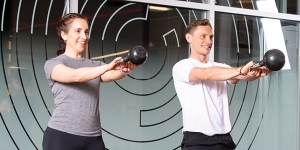
The Difference Between Tools and Lenses
A tool, which I thought I needed dozens of, is something you use. A lens, on the other hand, is a way to look at a problem and search for the solution. In the most foundational sense, a lens —when looking through it with consideration of context— helps you see the problem and the solution more clearly. When looking through the right lenses, you know which tool to use when and understand the commonalities between all of them. Once I realized that my mentors didn’t have more tools, they just knew how to use them better, my life became a lot easier, and my continuing education approach changed. Yes, I needed tools in my toolbox. Everyone does. But having more tools doesn’t necessarily equate to more success once you have the foundations down. Once this became evident to me, I quickly geared my education to finding teachers who spent more effort teaching me “why” than “what”. This was when the “ah-ha” moments started rolling in and my lifelong commitment to education was solidified.
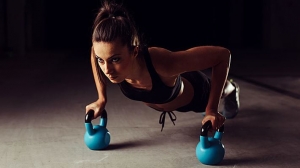
Looking Through the Right Lenses Lets You Paint the Bigger Picture
So, what are some of the lenses one might hope to peer through on their way to an enviable training (or therapy) career? In no particular order, here are some of the many I use to this day:
- Evolution and Design Thinking
- Basic Anatomy
- Developmental Neurology
- Fascial Slings
- Energy Systems
- Stabilization Strategy
- Enjoyment of Process
- Motivating Factors
- Relationship Building and Trust
- Skill Acquisition
- Goal Setting and Attainment
- Risk vs Reward
- Longevity
- Relationship to Health
- Social Norms
- Stability and Mobility Demands
All of the above influence my exercise selection, programming, communications, and ultimately my success, significantly more than how many tools I have in the toolbox! As a therapist, I would gladly refer my clients to any trainer who has (many of) these lenses installed, even if they only had a select few tools in their tool belt. Why? Because knowing when to use a barbell is almost as important as knowing how to use it. Knowing why to use a kettlebell is more important than the ability to pass a 100-rep snatch test. It’s really that simple.
Gaining all the tools will give you the colours. Looking through the right lenses lets you paint the bigger picture. Practice with both will get you to mastery. The best educators and trainers will learn the tools as a means to understand the lenses, and not the other way around.
About Dr. Benjamin J. Stevens
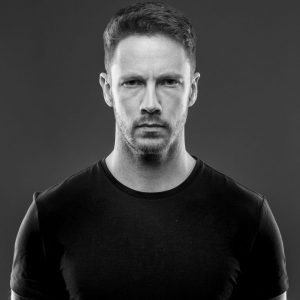
Dr. Stevens holds a Bachelor of Science degree in Kinesiology from the University of New Brunswick as well as a Doctor of Chiropractic Degree from the Palmer College of Chiropractic West Campus. He started a personal training career over 20 years ago at a local YMCA. He has been in clinical practice in Kelowna, BC, Canada since 2011. Having worked extensively with multiple major sports organizations and their athletes, as well as every day clients in pain, Dr. Stevens understands the common grounds between all people. Dr. Stevens has accumulated an average of 100-200 continuing education hours per year for almost 10 years, thanks in part to his ownership in Somatic Senses, but also form years of instructing and taking courses throughout the health and fitness field. Learning from Dr. Stevens means you can pull on experience with a broad range of educational systems, principles, and techniques.
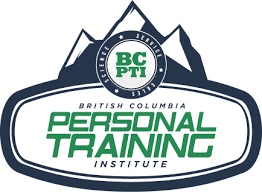

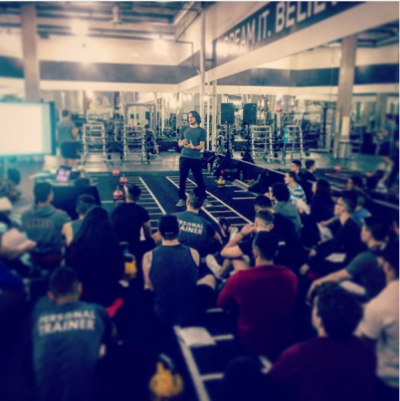




Leave A Comment